With the general election campaign in full swing, The Courier has identified four battleground seats in Dundee, Fife, Perth and Angus to look out for.
The results in each constituency will reveal something different about the fate of the three major parties.
And as the losers of the general election begin their post-mortem, the final tally of votes in the four seats will be crucial to understanding the message voters send.
Take a look at our four battleground seats below.
1. Perth and Kinross-shire
Veteran SNP politician Pete Wishart hopes to secure his seventh general election victory in the new constituency of Perth and Kinross-shire, which takes in large parts of the Perth and North Perthshire seat it replaces.
Polls suggest he is likely to be successful, but his closest rival, Conservative candidate Luke Graham, is running a formidable campaign.
The efforts of the Tories in the area are easy to understand, with the seat in First Minister John Swinney’s backyard.
Despite a resounding vote against independence in 2014, the area has been an SNP stronghold at Westminster and Holyrood for decades.
Any loss would be hugely symbolic, but even if Mr Wishart is re-elected, the nationalists’ performance locally will be closely scrutinised.
Described by Mr Swinney as the “beating heart of Scotland”, a significant swing away from the SNP would likely cause concern at the party’s headquarters.
2. Cowdenbeath and Kirkcaldy
One of Labour’s top target seats nationally, Sir Keir Starmer and Scottish Labour leader Anas Sarwar would be bitterly disappointed if they fall short of a victory here on polling day.
Previously represented by former prime minister Gordon Brown, the constituency was one of the biggest surprises of the 2015 election as Labour’s support in Scotland collapsed.
A number of factors are in Labour’s favour, including a split in the nationalist vote, with Alba’s Neale Hanvey standing alongside SNP candidate Lesley Backhouse.
But the campaign has been far from smooth sailing. Labour was forced to ditch its previous candidate, Wilma Brown, after it was revealed an account in her name had liked posts on social media calling Humza Yousaf the ‘First Minister of Gaza’.
Replacement Melanie Ward, the London-based boss of a Palestinian aid charity, prompted an internal row, with one local councillor quitting the party as a result.
Despite this, polling suggests a Labour victory over the SNP is highly likely, with one suggesting Ms Ward has a 94% chance of victory.
3. Angus and Perthshire Glens
While pollsters are predicting a grim set of results for the Conservatives nationally, the party hopes it claim an against-the-odds victory in Angus and Perthshire Glens.
Currently represented by Dave Doogan, it is likely to be a two-way race between the SNP and the Conservatives.
The predecessor constituency, Angus, had been SNP stronghold since 1997, but the Conservatives caused a surprise upset in 2017.
Labour came fourth in 2019 with less than 5% of the vote, and the party’s 2024 candidate is a councillor from Canterbury, suggesting it is unlikely to be a campaigning priority.
Mr Kerr is hoping he can repeat that success, but to do so he will have to convince anti-SNP voters to use their ballot tactically to vote for a deeply unpopular Conservative party.
4. Dundee Central
Despite once voting in droves for Labour, the Yes-voting City of Discovery has become one of the SNP’s best performing areas since 2015.
Incumbent candidate Chris Law secured one of the largest majorities in Scotland in 2019, but there have been some signs to suggest a reversal of Labour’s fortunes is underway.
It is one of several constituencies even those at the top of Scottish Labour did not expect to be in contention, but on a recent campaign visit Anas Sarwar insisted his candidate, Richard McCready, was now posing a serious challenge.
One poll even predicted a narrow Labour victory was on the cards.
An SNP defeat in Dundee would be seismic for the party and likely lead to bitter recriminations internally.
Read more:
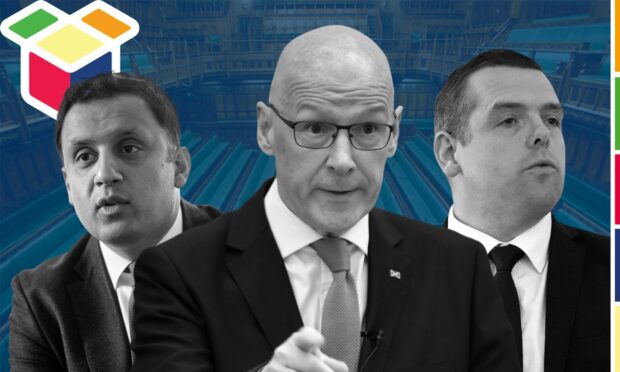
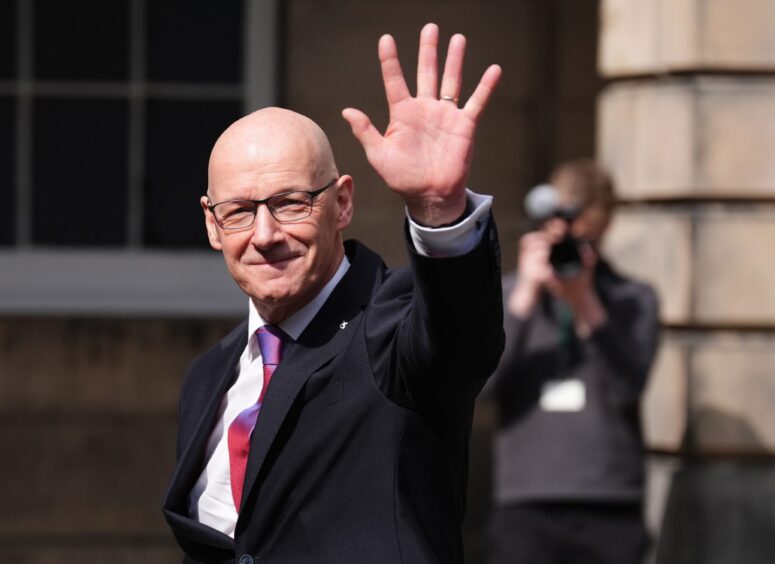
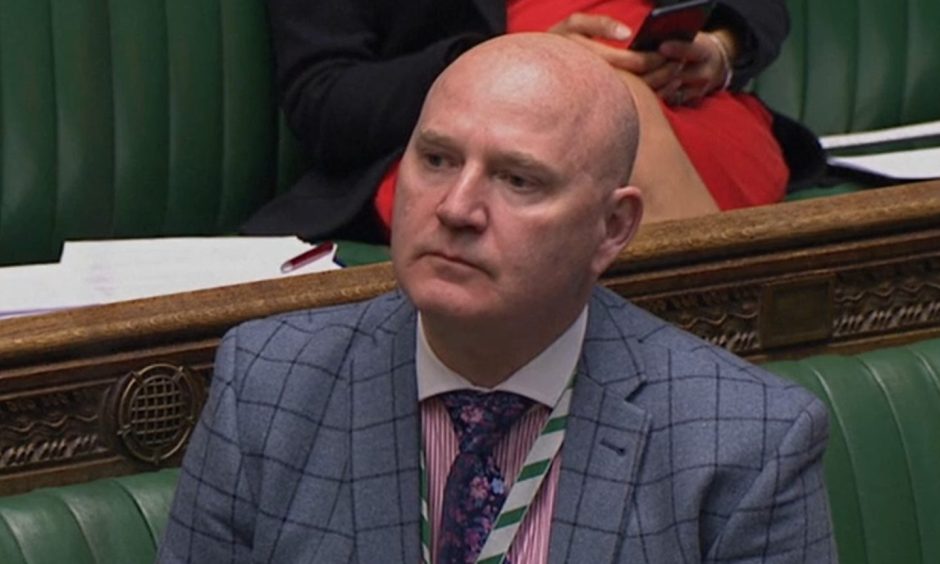
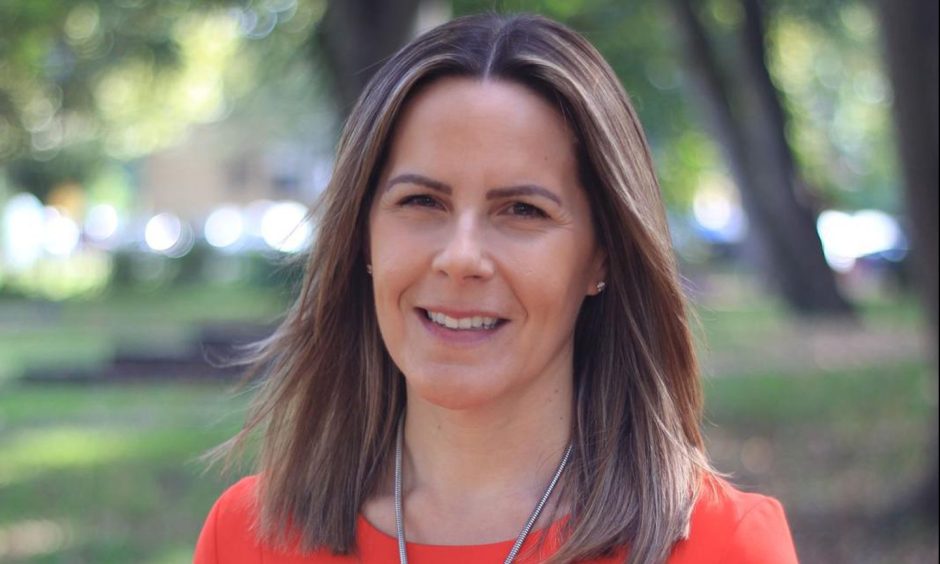
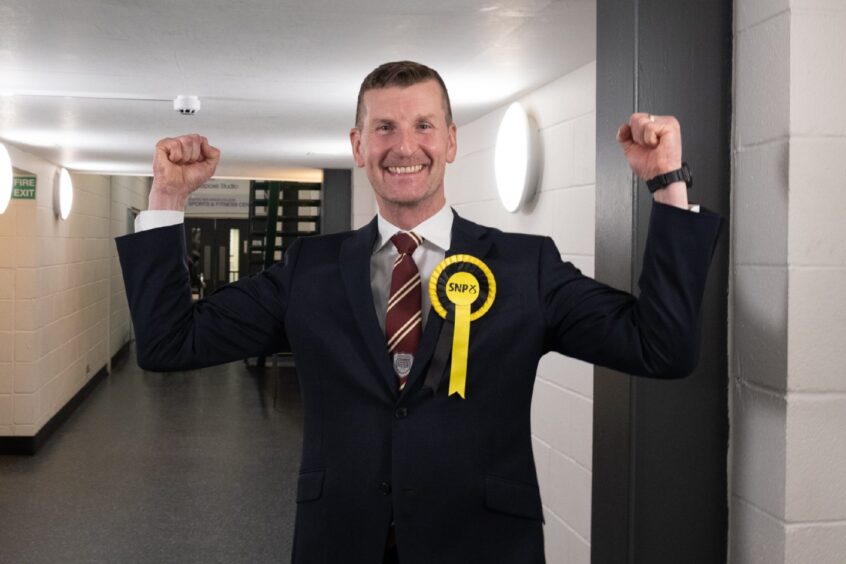
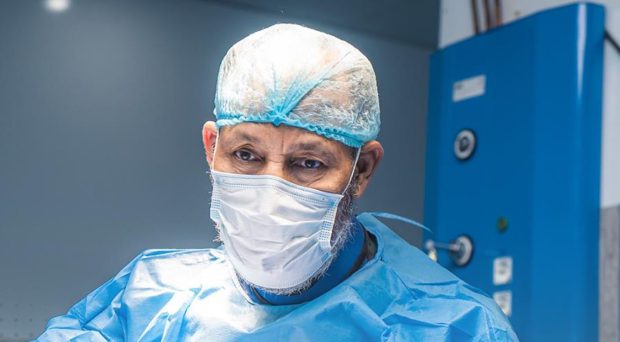
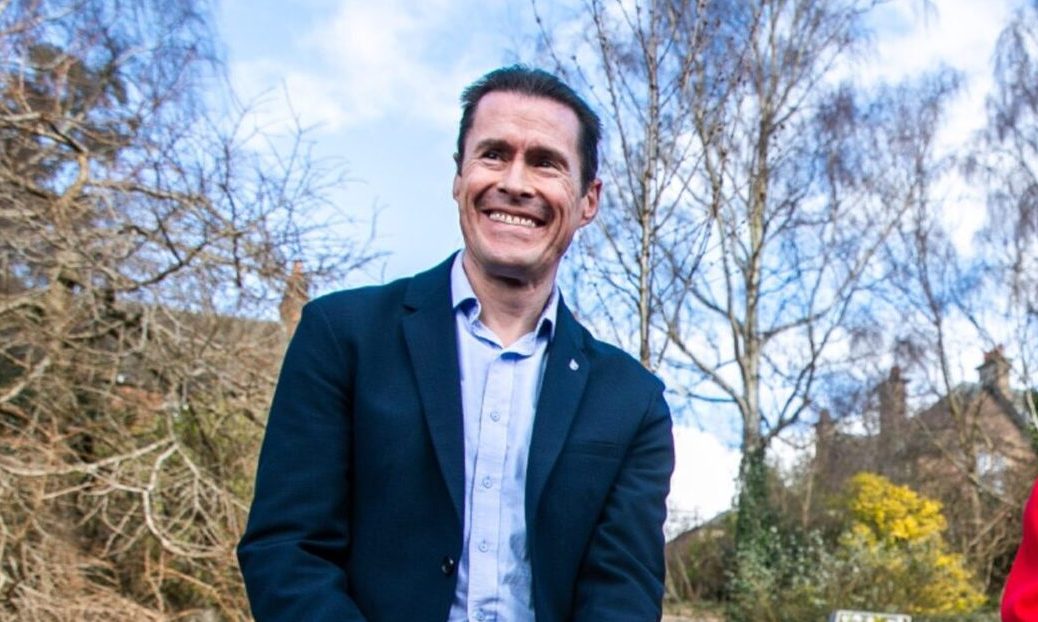
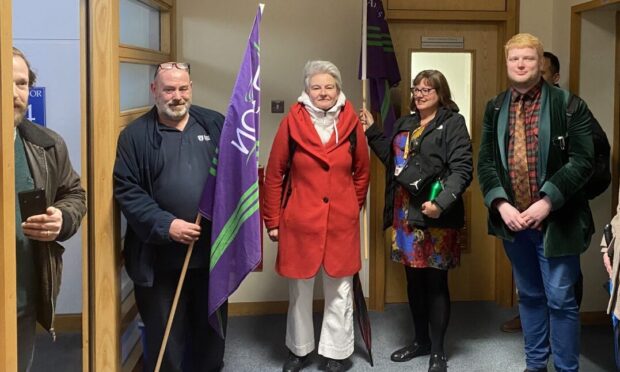
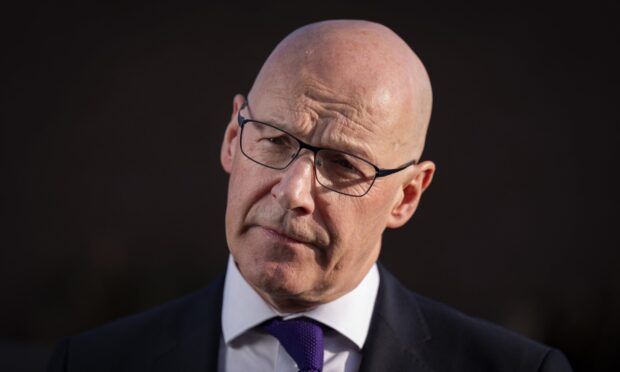
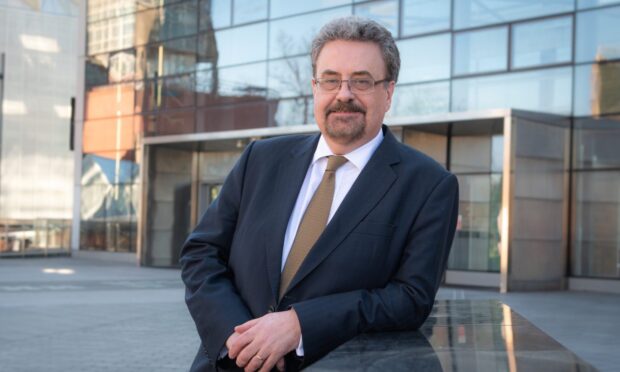

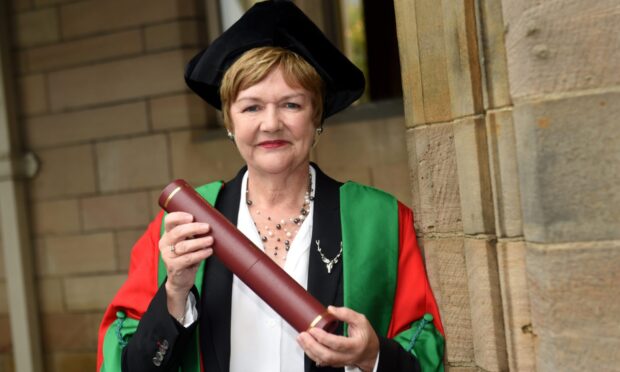

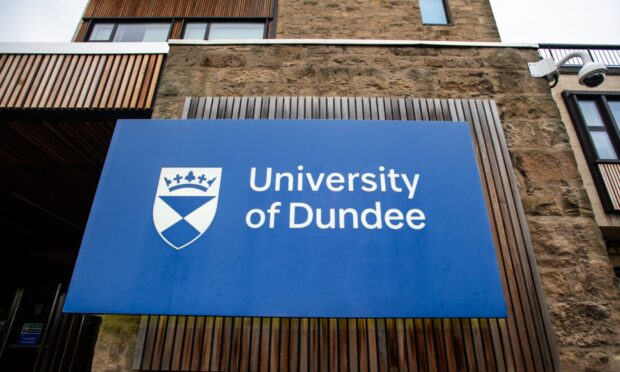
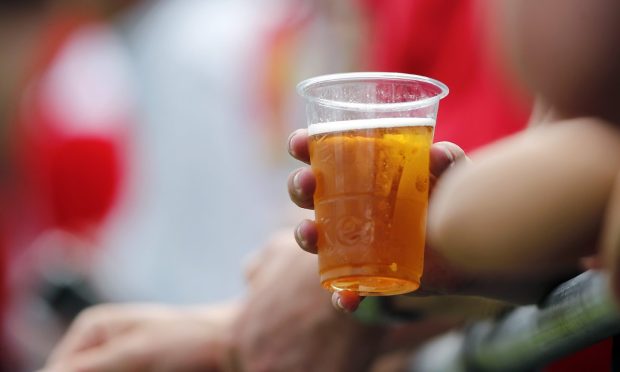
Conversation